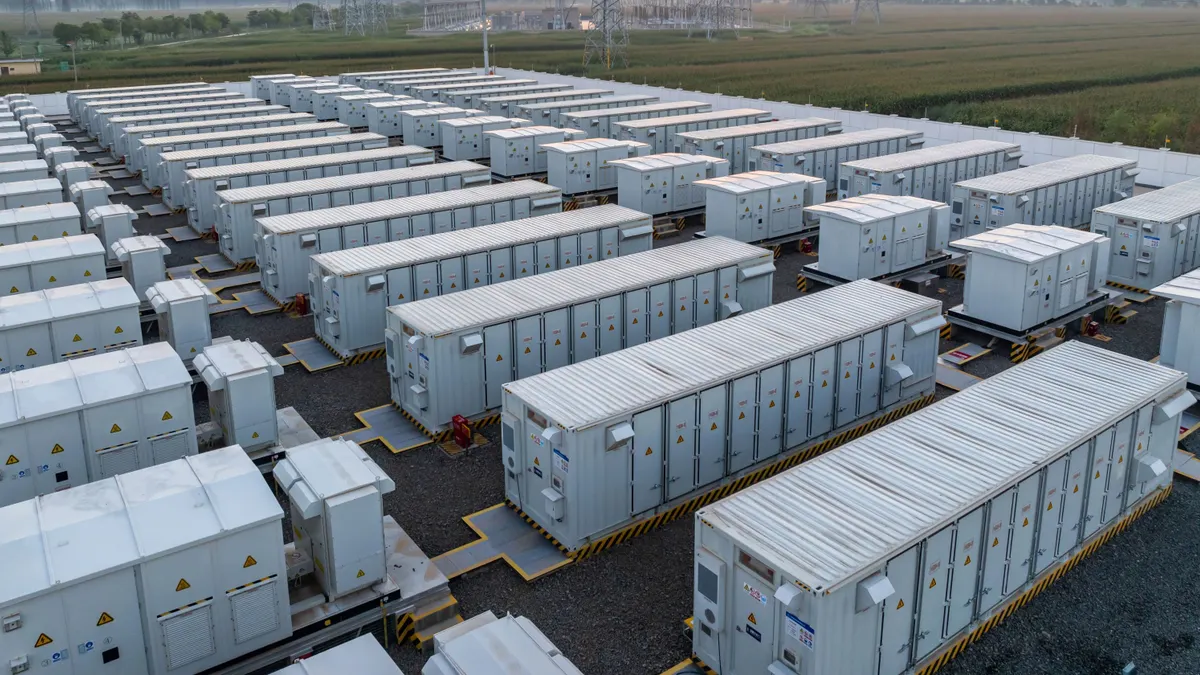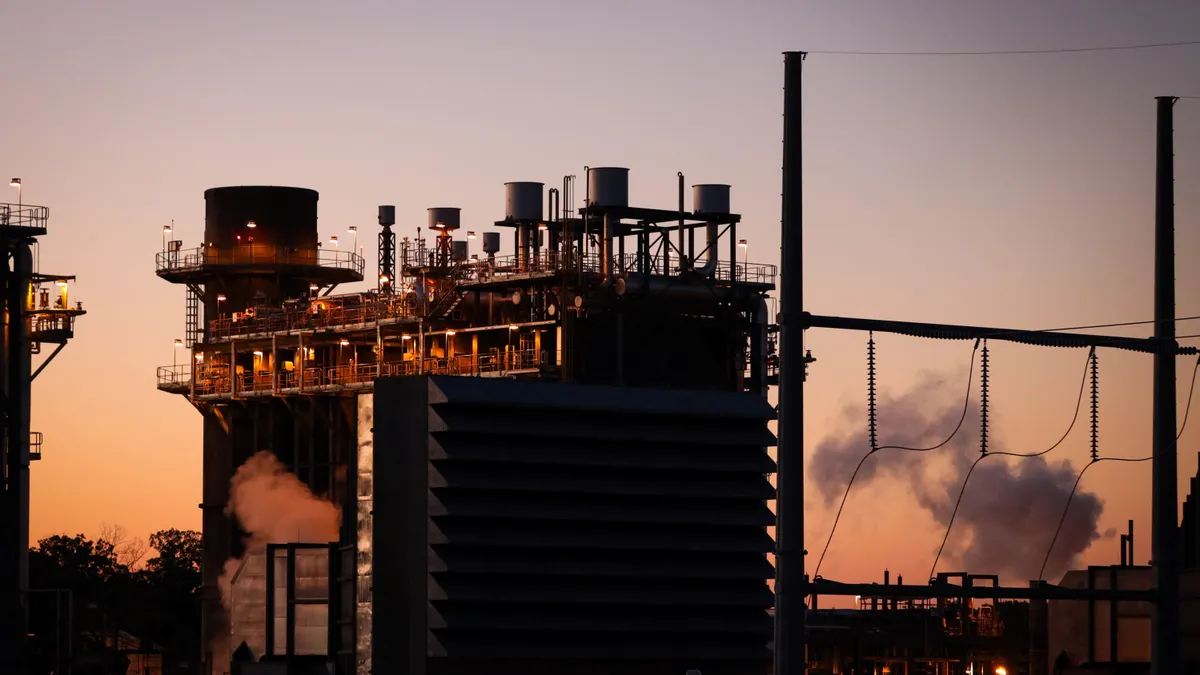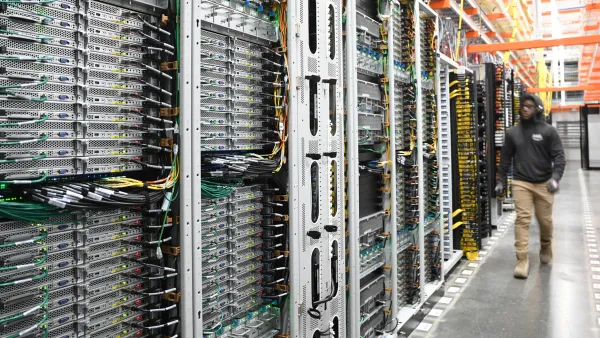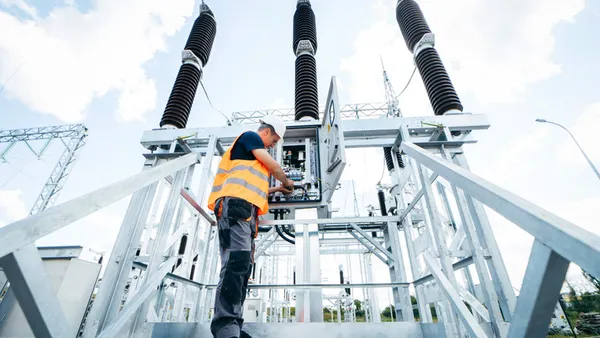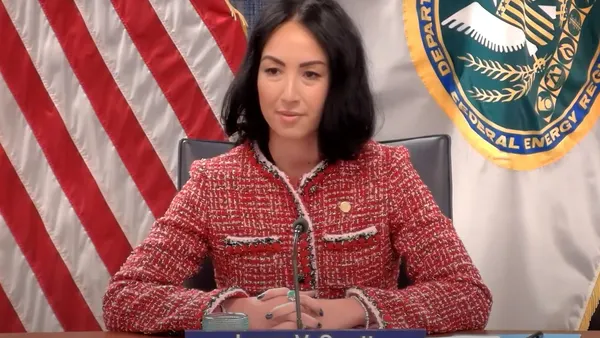Dive Brief:
-
Renewable energy developers looking to adapt their project pipelines to the post-One Big Beautiful Bill Act policy landscape plan to focus more on standalone storage and storage paired with wind and solar generation after 2030, according to a developer survey from LevelTen Energy.
-
U.S. clean energy developers reported pipelines totaling 233 GW of wind, solar, storage and hybrid projects. Of those projects, developers plan to finish 42.8 GW of wind and solar before 2028, with 33 GW of new capacity expected to qualify for tax credits.
-
The number of projects that qualify for tax credits before the accelerated phase-out under OBBBA could grow in the coming months and years, according to Vaughn Morrison, a partner in the energy transactions group at Troutman Pepper Locke.
Dive Insight:
U.S. renewable energy developers still plan to build hundreds of GW of projects through the early 2030s in spite of OBBBA's accelerated tax credit phase out, bur energy storage and hybrid projects will represent a greater percentage of that total as the decade ends, according to LevelTen Energy.
Market fundamentals and the continuation of tax credits for standalone energy storage under the OBBBA are likely driving the increased focus on storage, according to Rob Collier, energy marketplace vice president at LevelTen.
“Utilities and...buyers looking to transact on clean energy want to firm up generation and have that clean firm capacity that they need,” Collier said. “They need that surety of those clean electrons being delivered at certain times, and storage provides that firming of renewables and really critical grid services.”
New renewable generation will continue to play a prominent role in the post-OBBBA energy landscape, given large load projections and the strong demand for new renewable generation from hyperscalers, Morrison said. But while there have been a few requests by hyperscalers for energy storage proposals, the hyperscalers themselves haven't to date shown much interest in owning energy storage projects.
“If someone could figure out how to make energy storage part of the reliability factor for data centers, you could unleash a lot of potential development that way,” Morrison said.
Rather, the growing focus on energy storage seems to stem from developers' increased comfort level with the technology, and especially with lithium-ion battery storage, which continues to dominate the market, according to Morrison. Developers who add a storage component to their wind and solar projects can divvy up each component of the project among different offtakers.
Hyperscalers may be interested in a power purchase agreement to offset their carbon emissions, Morrison said, and then developer can pursue merchant or tolling agreements to monetize the storage component.
While tax credits for energy storage emerged from OBBBA mostly unscathed, they can't be applied to a wind or solar project just because developer added a storage component, Morrison said. That suggests to him that market dynamics are driving a greater portion of developers' plans than tax credits.
However, the continuation of tax credits for standalone energy storage under OBBBA has signaled that energy storage could enjoy a more certain policy landscape going forward, he said.
The number of wind and solar projects expected to qualify for tax credits could also increase in the months to come as developers get a better line of sight on their construction plans for 2029 and 2030, Morrison said.
“Rather than a big slow down ... we are really seeing developers adapt quite quickly,” Collier said.


